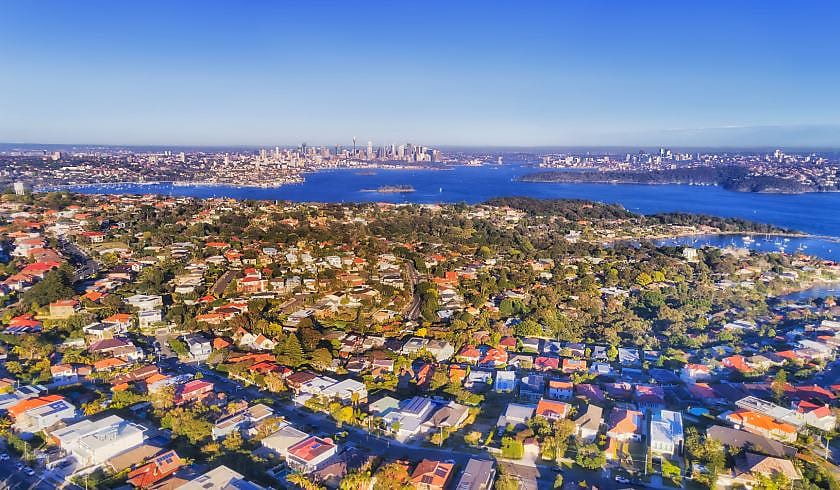Capital cities’ new listings hit 10-year record
Capital cities’ new listings around the country have hit their highest volume in October for over a decade, new data from PropTrack Listings Report October 2024 revealed.

The PropTrack Listings Report, which analyses monthly changes in properties’ numbers listed for sale on realestate.com.au, showed that the number of new listings nationwide rose by 20.9 per cent over October, marking a growth of 14 per cent year-on-year.
“Buyers across Australia enjoyed greater choice in October, with all markets recording a monthly jump in new listings and most markets proving far busier than at the same time last year,” PropTrack director of economic research Cameron Kusher said.
“As new listing volumes have surged, total listing volumes have also increased. They’re up 8.7 per cent year-on-year and at their highest point since November 2020.”
The data showed that in October capital cities recorded the highest number of new listings with a monthly growth of 23.2 per cent and an annual growth of 15.2 per cent.
Melbourne and Canberra recorded the highest number of new listings with 33 per cent and 31.6 per cent respectively, while Darwin had the smallest monthly growth of 10.5 per cent.
The month of October also saw Sydney record its highest number of new listings in nine years with a 12.9 per cent increase, while Perth hit its highest growth over a decade.
Additionally, in October Brisbane and Hobart recorded their highest volume of new listings in six years, while Adelaide had its highest number of monthly new listings in five years.
Kusher said that various factors have prompted the new listings growth, such as the recent price gains which had enabled some home owners to upgrade, while others might have decided to sell due to the prolonged high interest rates.
“Heightened levels of stock for sale affords buyers more choice and removes some purchasing urgency from the market,” Kusher said.
“We’re seeing a more balanced dynamic between buyers and sellers than we have in recent years, with conditions quite favourable for purchasers in cities like Sydney and Melbourne.”
On a year-to-year basis, all capital cities have recorded growth except Darwin, which saw its new listings volume drop by 12.6 per cent.
Perth recorded the largest year-on-year increase in new listings in October with 28.3 per cent, followed by Canberra and Brisbane which recorded a growth of 19 per cent and 16 per cent respectively.
In comparison to capital cities, rural and regional areas across the country recorded a smaller increase in new property listings with a 17 per cent monthly growth in October – which is an 11.9 per cent increase year-on-year.
Regional Northern Territory recorded the highest growth in new monthly listings with a 57.4 per cent growth, followed by regional Tasmania with a 43.4 per cent increase.
The lowest monthly increase was in regional Queensland with 8.9 per cent but had the highest year-on-year increase of new listings with 16.6 per cent.
Regional South Australia and regional Tasmania also saw their yearly new listings increase with a record growth of 16.1 per cent and 14.5 per cent, respectively.
In comparison, regional Victoria, regional NT, and regional Western Australia had the smallest growth in new listings compared to a year ago, ranging from a 3.2 per cent to a 10.5 per cent increase.